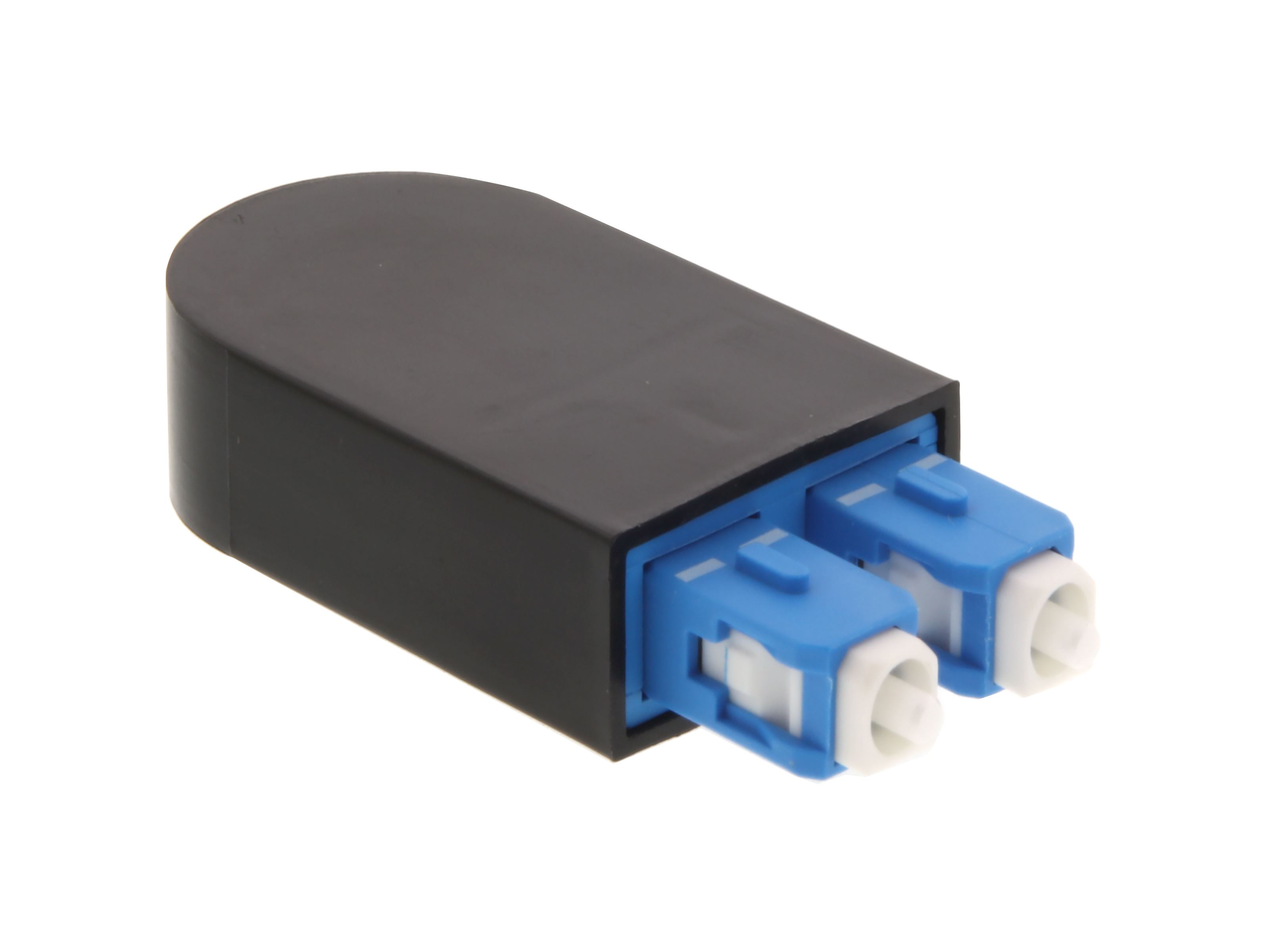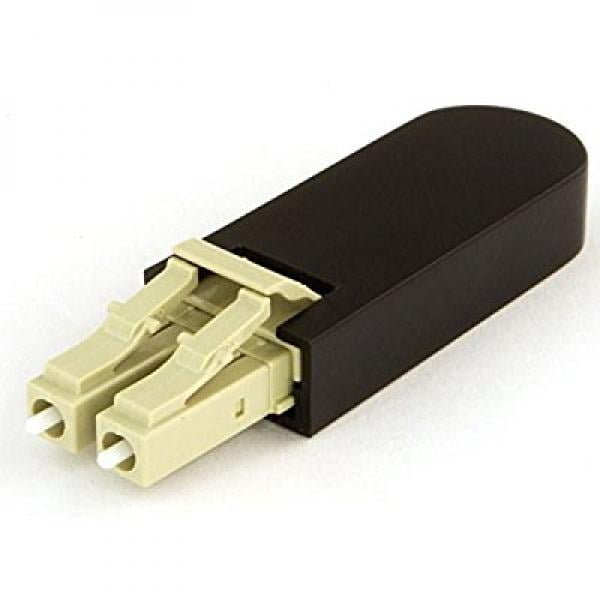

Normally it will find the settings for it in the registry but it’s bets you check it all out as I’ve found that the loopback adapter did have “Register this connection”s address in DNS” enabled as well as NETBIOS over TCP/IP. So you need to add it back just a described in my original blog post.


This requires a properly configured loopback adapter.ĭuring the in place upgrade to Windows Server 2016 this loopback adapter is removed form the nodes. For UDP we use Direct Server Return ((DSR) as described in my blog post Load balancing UDP for a RD Gateway farm with a KEMP Loadmaster. What you also do is load balance both HTTPS (TCP, port 443) and UDP (port 3391). I have described this in these blogs/videos Load balancing Hyper-V Workloads With High To Continuous Availability With a KEMP Loadmaster and Quick Demo Video Of Site Failover With KEMP Loadmaster Global Balancing When you have a RD Gateway farm you load balance it with a (preferably high available) load balancer like a Kemp Loadmaster. There is however one networks specific issue specific you’ll need to deal with when leveraging UDP with a load balancer via Direct Server Return. Windows Time Service settings are not preserved during an in-place upgrade to Windows Server 2016 or Windows 10 Version 1607 Also make sure that you don’t have this issue
#LOOPBACK ADAPTER INSTALL#
Just make sure the netlogon service is set to automatic (a know issue and a fix is coming) after you upgrade and install all updates. In my recent experiences the in place upgrade (VMs) works rather well. Here’s a quick heads up to anyone who’s involved in upgrading existing Windows Server 2012 (R2) RD Gateway farms to Windows Server 2016.


 0 kommentar(er)
0 kommentar(er)
